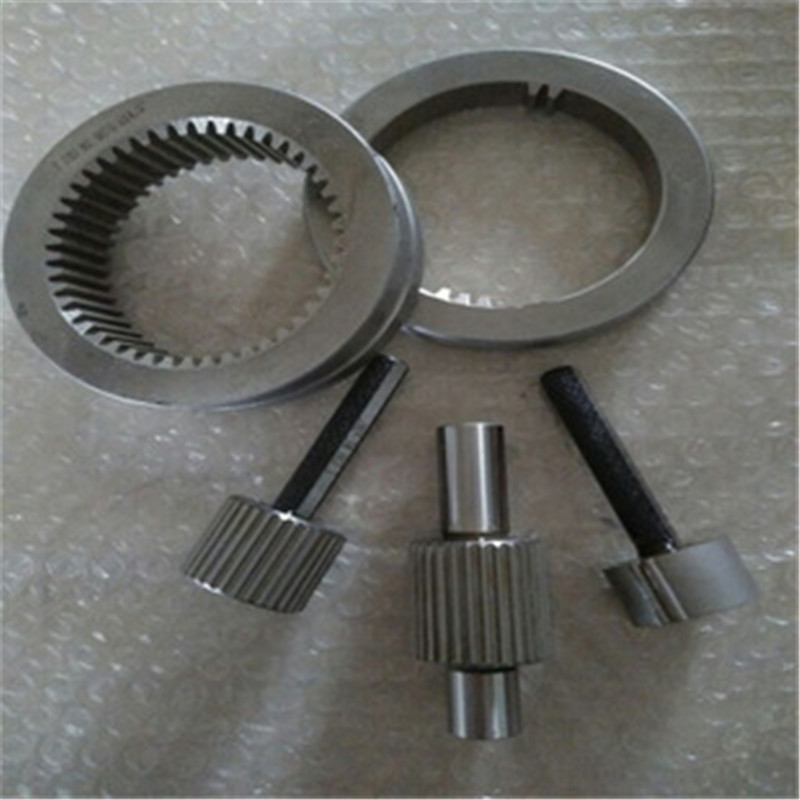Aug . 15, 2024 01:35 Back to list
High-Pressure 10K Butterfly Valve for Optimal Flow Control and Durability in Industrial Applications
Understanding Butterfly Valves in High Pressure Applications A Focus on 10K Ratings
Butterfly valves are widely utilized in various industries for their efficiency and versatility in regulating flow. Among the numerous standards available, the 10K rating, referring to the valve's pressure rating of 10,000 kilopascals (approximately 1450 psi), is particularly significant for applications demanding high-pressure performance. This article delves into the design, functionality, and applications of butterfly valves, emphasizing the 10K rating.
Design and Operation of Butterfly Valves
Butterfly valves consist of a circular disc or a rotating element that pivots around a central shaft. The design allows for quick opening and closing, providing excellent control over flow with minimal pressure drop. This feature makes butterfly valves ideal for a variety of applications, particularly where space is limited.
A typical butterfly valve includes essential components such as the body, disc, stem, and actuator. The body is often made from durable materials like cast iron, stainless steel, or PVC, depending on the application requirements. The disc is designed to rotate within the flow path and can be either concentric, which is aligned with the pipe's centerline, or eccentric, which offers a more effective sealing mechanism for certain applications.
The operation of the butterfly valve can be manual or automated, with electric, pneumatic, or hydraulic actuators facilitating the process. This flexibility in operation allows for integration into various systems, including process automation, water supply, and chemical distribution.
Importance of 10K Rating
The 10K rating is essential for applications where valves must withstand significant pressures without compromising performance or safety. In industries such as oil and gas, chemical processing, and water treatment, maintaining system integrity is crucial. A butterfly valve with a 10K pressure rating ensures it can handle high-pressure conditions, providing reliability and durability.
One of the critical factors contributing to the effectiveness of a 10K butterfly valve is its construction. High-quality materials and robust design help prevent leaks and failures under pressure, essential for maintaining operation in critical settings. Moreover, the structural integrity of the valve must be tested rigorously to meet industry standards and regulations.
butterfly valve 10k

Applications of 10K Butterfly Valves
10K butterfly valves are commonly used in sectors such as
1. Oil and Gas In offshore and onshore operations, controlling the flow of crude oil, natural gas, and other hydrocarbons is vital. The ability to manage high-pressure environments makes 10K butterfly valves an excellent choice for pipeline systems.
2. Chemical Processing The chemical industry often involves corrosive and hazardous materials. High-pressure butterfly valves provide effective control over chemical flow while ensuring safety and compliance with environmental regulations.
3. Water Treatment In municipal water systems, controlling flow and pressure is essential for efficient operation. 10K butterfly valves facilitate the management of water distribution and treatment processes.
4. HVAC Systems Within HVAC setups, butterfly valves are utilized for regulating air flow, especially in systems requiring high pressure for optimal performance.
Conclusion
In conclusion, butterfly valves with a 10K rating play a pivotal role in managing high-pressure fluid systems across various industries. Their design offers efficient flow control, reliability, and adaptability, catering to the demanding needs of applications in oil and gas, chemical processing, and water treatment. As industries continue to evolve and require more robust solutions, the importance of high-pressure butterfly valves remains paramount. Understanding their functionality and applications will enable engineers and technicians to make informed choices that ensure system efficiency and safety.
-
Water Valve Gate Design Prevents Leakage and CorrosionNewsJul.11,2025
-
Steel Fab Table Features Reinforced Construction for LongevityNewsJul.11,2025
-
Specialized Valve Designs for High Pressure SystemsNewsJul.11,2025
-
Machinist Gauge Pins Feature Ground and Lapped FinishesNewsJul.11,2025
-
Hose Check Valve Prevents Backflow in Irrigation LinesNewsJul.11,2025
-
Durable Micrometer Tools Withstand Heavy Workshop UseNewsJul.11,2025
Related PRODUCTS









